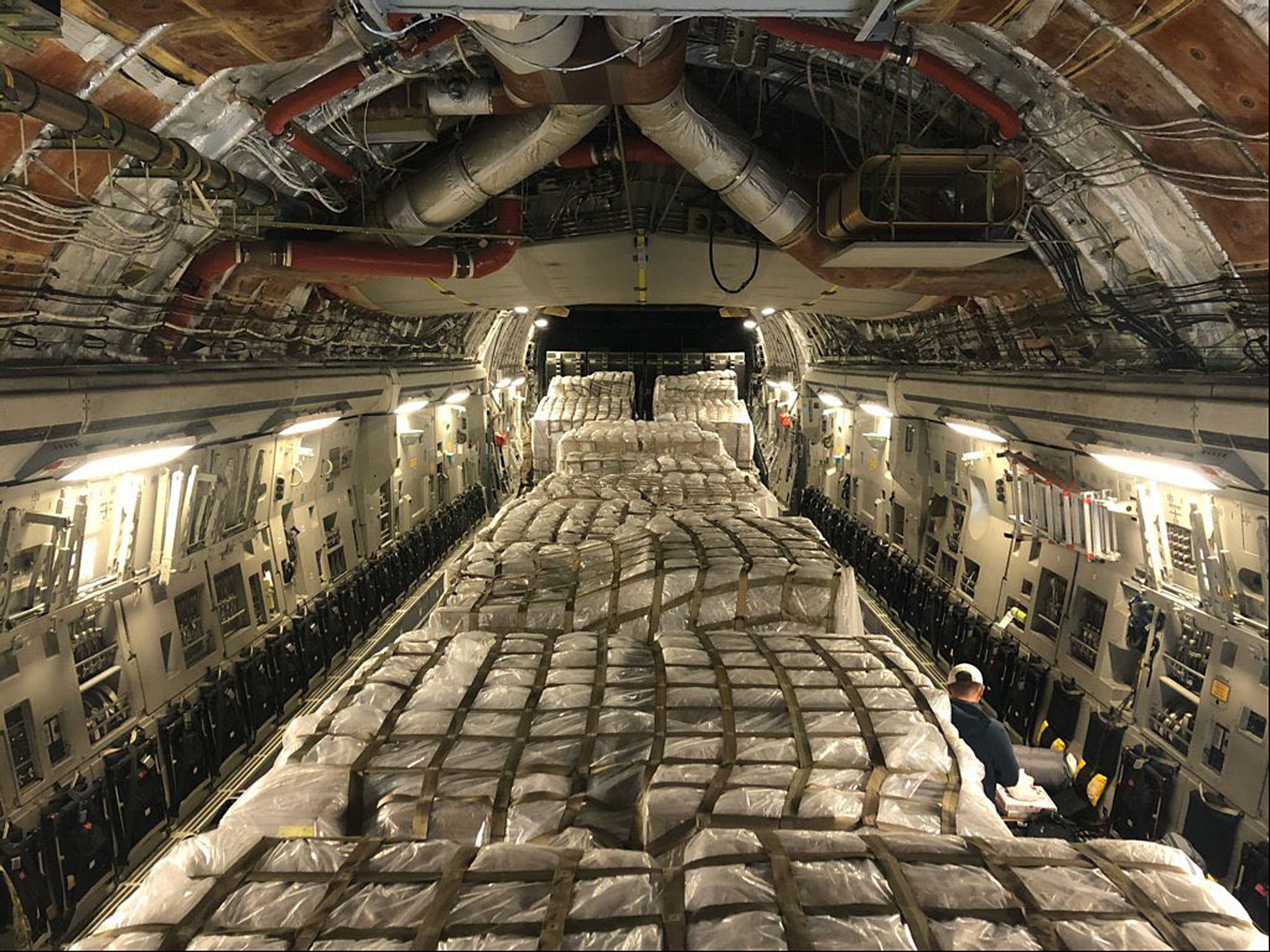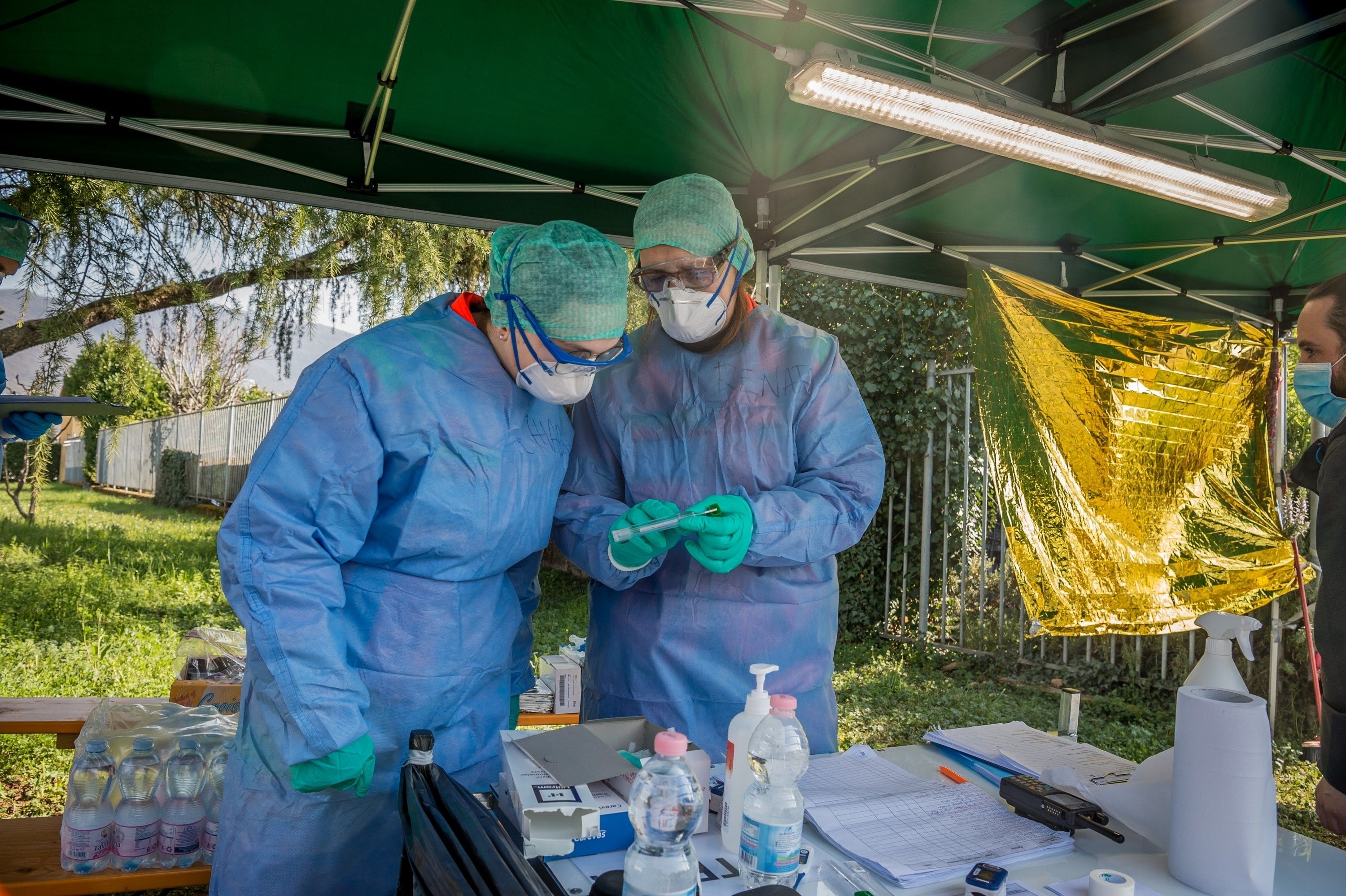Coronavirus Pandemic: Consequences for NATO

Coronavirus and Challenges for NATO
The coronavirus pandemic (SARS-CoV-2) threatens societies of all Alliance member states and challenges political cohesion. In response to the pandemic, U.S. President Donald Trump announced U.S. borders were closed to travellers from the Schengen area, but he did so without consulting America’s European allies. This may exacerbate anti-American sentiments in Europe and further weaken the transatlantic ties on which the Alliance’s credibility depends. At the same time, the outbreak of the coronavirus has become an opportunity for Russia and China to intensify disinformation efforts to fuel anti-American attitudes and bolster negative perceptions of the Alliance among its member state societies. China and Russia have focused on promoting variations of a conspiracy theory that suggest the U.S. might be responsible for the outbreak of the epidemic in China. Russian media also suggested, among others, that NATO is spreading the virus in EU countries that want to cooperate with Russia.
The likely economic recession caused by the restrictions to cope with the pandemic will also negatively affect NATO. First of all, it will be harder for the allies to further increase defence spending at this time and cuts in budgets cannot be excluded. This, in turn, could make it difficult for NATO to develop necessary capabilities and perform missions, which can further endanger political cohesion.
NATO Crisis-Management Tools
Although collective defence remains NATO’s main mission, almost since its inception the Alliance has been developing mechanisms to respond to other crises such as natural and humanitarian disasters, including pandemics. Should a member state or NATO partner country be unable to cope with a crisis on its territory, it may seek assistance through the Euro-Atlantic Disaster Response Coordination Centre (EADRCC), which is operational 24/7. Allies and NATO partners can support each other by providing military and civilian resources (on a bilateral basis), such as decontamination capabilities (CBRN), transport, field hospitals, medicine, and food.
The importance of crisis-management increased significantly after the end of the Cold War when some countries ceased to feel threatened by a direct military attack on their territory. Therefore, the ability to respond quickly to crises is not only practical but also political because it helps strengthen political cohesion between countries that sometimes have different threat perceptions. In just the last two decades, crisis-management mechanisms have been used more than 70 times, including coordinating assistance after earthquakes, floods, and fires, and even to combat the influenza epidemic in Bulgaria and Ukraine in 2009. After Russia annexed Crimea, NATO also began to further strengthen tools to facilitate the response to hybrid threats such as disinformation, which may delay the Alliance’s response and deepen crises caused by other factors. To this end, the Alliance strengthened cooperation with the EU and announced coordination of actions to counter such threats.
NATO’s Response to the COVID-19 Pandemic
In the initial stage of the pandemic in Europe and North America, the Alliance focused on limiting the risk of infection of soldiers and civilians participating in missions and working in NATO command structures. On 18 March, a week after WHO officially declared the pandemic, a meeting of the North Atlantic Council (NAC) devoted to the matter was held and actions at the national level discussed. The Alliance assured that its ability to perform its basic functions had not been compromised but some allies were also determined to make use of NATO crisis-management mechanisms. Spain, Italy, Montenegro, and NATO partner country Ukraine turned to the EADRCC to ask for help fighting the pandemic. Czech Republic was the first to respond by offering medical supplies to Spain and Italy. Other allies have decided to use the NATO Support and Procurement Agency (NSPA), which manages Strategic Airlift Capability programmes (large transport aircraft) and can finance and coordinate infrastructure development. The NSPA supported the construction of a hospital in Luxembourg. The Czech Republic and Romania used NATO strategic airlift to deliver medical supplies.
However, both the NAC messages and the statements by the Secretary-General indicated that from the perspective of the member states it was more important to stress NATO’s ability to defend Alliance territory and deter traditional threats because these did not disappear with the pandemic. For example, between 6 and 12 March alone, Russian strategic bombers conducted three patrol flights along the northern borders of the Alliance, forcing NATO members to use aircraft to intercept the bombers and monitor their activities. The allies also tried to signal that, despite the pandemic, they were fulfilling other obligations towards the Alliance. On 17 March, Spain, struggling with a rapid increase in infections, unanimously ratified in the Senate the accession protocol for North Macedonia, removing the final hurdle for that country to become the 30th member of the Alliance.
At the same time, the pandemic began to negatively impact NATO operational activity. The Alliance suspended its training mission in Iraq for 60 days, and a number of allies announced the temporary withdrawal of some of its soldiers. The U.S. decided to significantly reduce the scale of the Defender Europe 20 manoeuvres, which were to test the ability to support a collective defence mission in Europe with division-size forces for the first time since 1993. In total, just 6,000 soldiers were deployed to Europe instead of a planned 20,000. Some national exercises with broad participation of the allies and supported by NATO were also abandoned. Norway cancelled Cold Response while the UK scaled down Joint Warrior. In the following months, a further reduction in planned activities is expected.
Conclusions and Perspectives
The coronavirus pandemic can significantly change NATO member states’ threat perceptions. The Alliance will be evaluated, among others, on how it reacts to the threats associated with the pandemic. The lack of a response to the crisis or just insufficient visibility may create a platform for accusations that the Alliance cannot respond to threats that undermine the sense of security among its member societies and threaten the stability of the states. That is why NATO should use strategic communication tools (NAC communiques, Secretary-General statements) to publicise examples of the use of Alliance mechanisms and resources such as hospital construction and use of strategic transport in the fight against the pandemic. NATO should also use strategic communication to warn the public about disinformation, like the EU and some members on the national level have done. An opportunity to highlight NATO’s role during the crisis may be the NAC teleconference of foreign ministers on 2 April.
Actions that ensure public support for NATO and strengthen its political cohesion will be crucial to limiting the consequences of new divisions that may appear within the Alliance. The recession caused by the pandemic will make it difficult to increase defence spending to the target minimum of 2% of GDP, or even maintain it at the current levels. This may affect planned investments that were to provide the Alliance with capabilities both to defend member state territory and deter Russia, as well as to combat threats related to instability in the southern neighbourhood. In the long run, such a trend can fuel traditional divisions over fair burden-sharing between Europe and the U.S. and weaken the American political will to increase military involvement in Europe.




